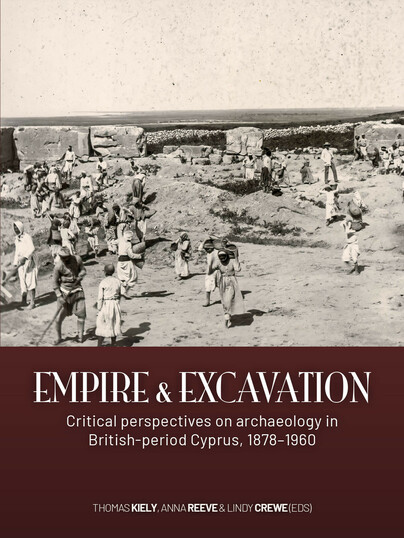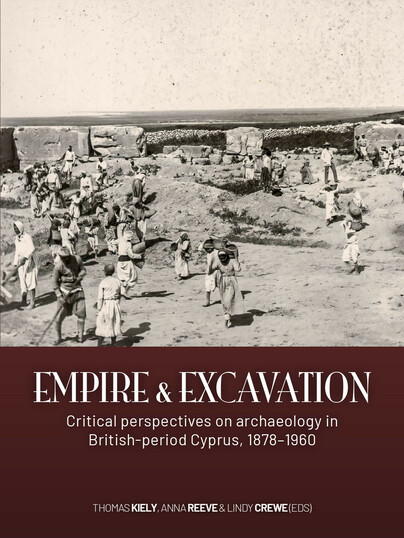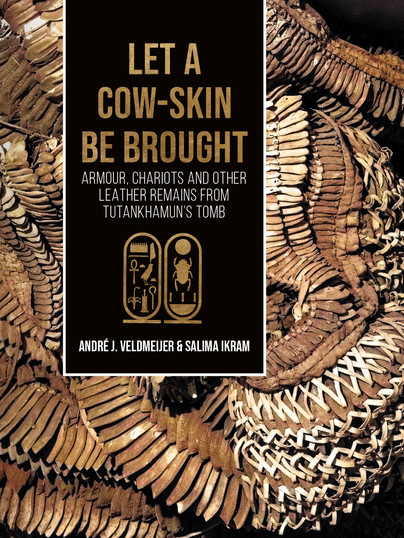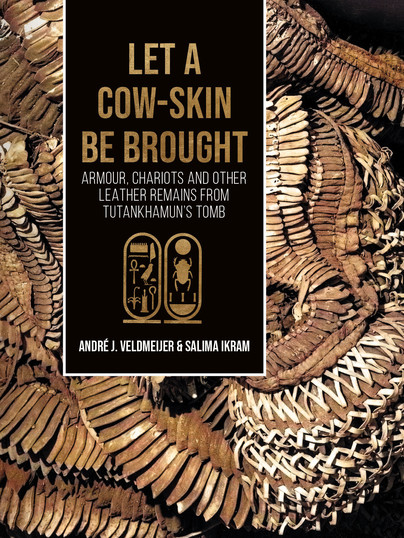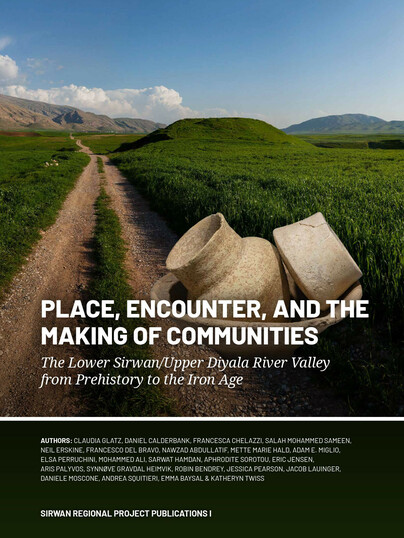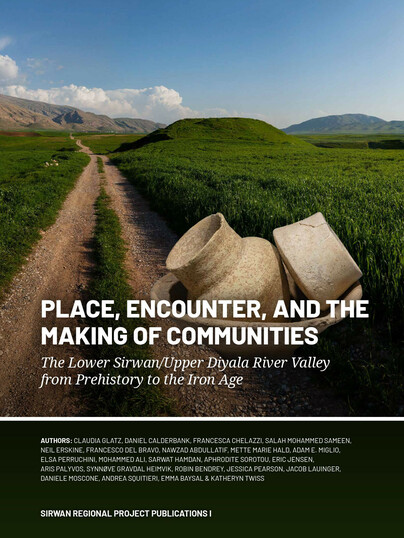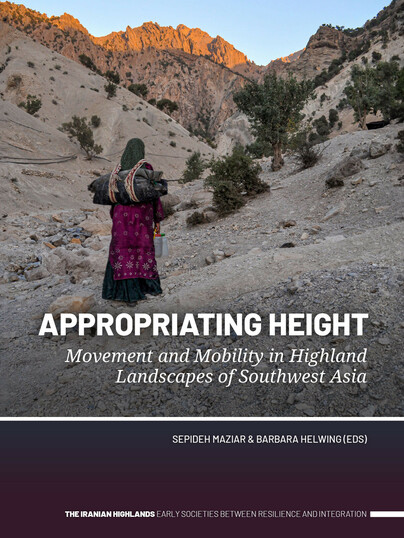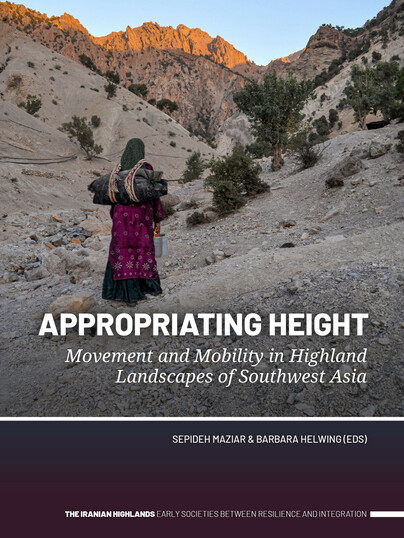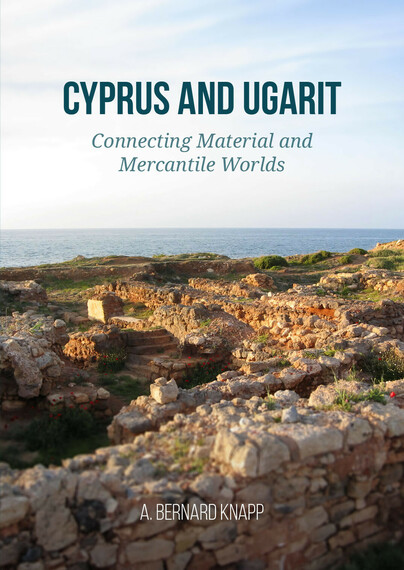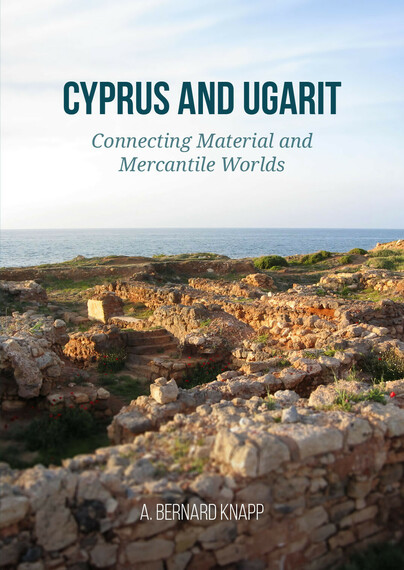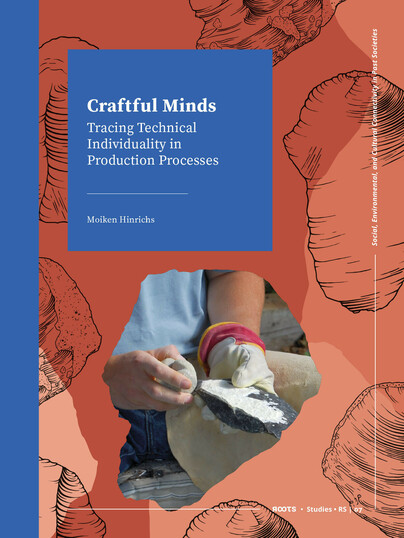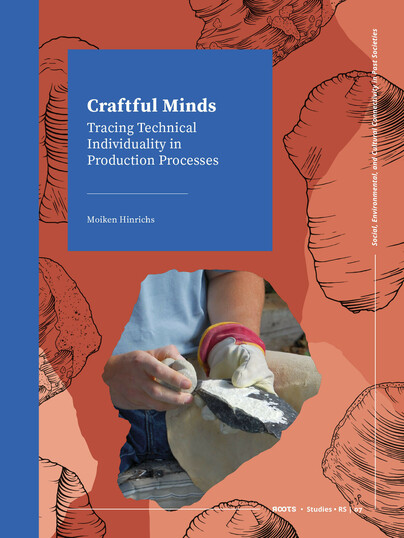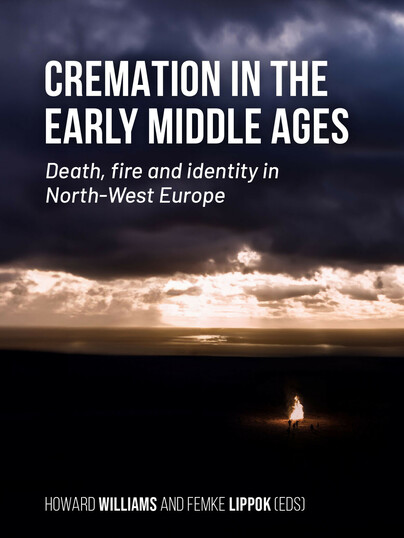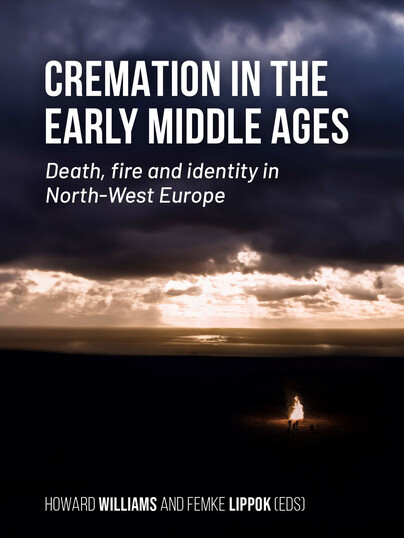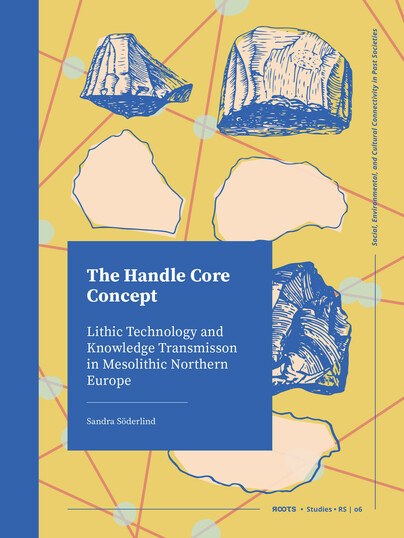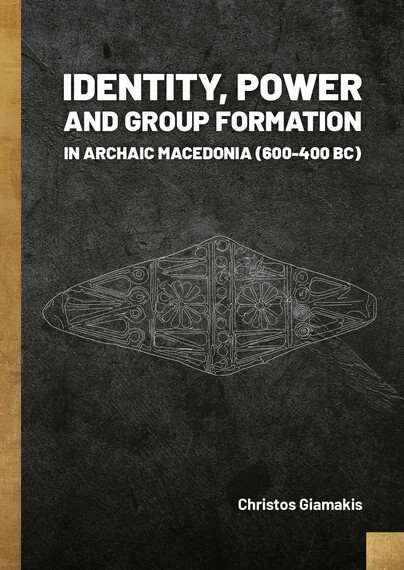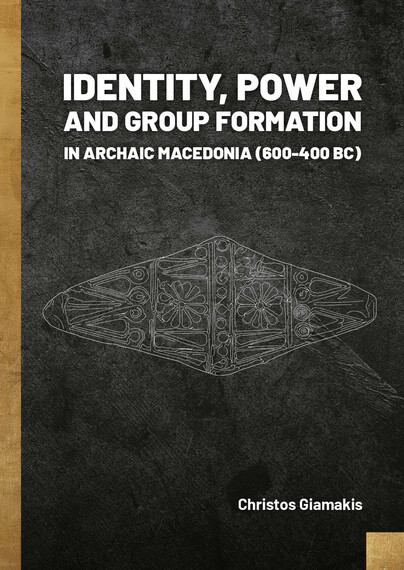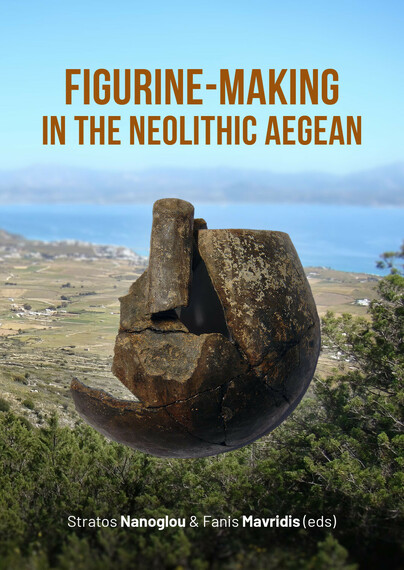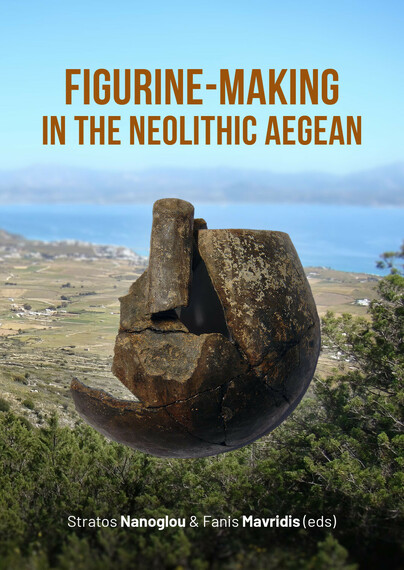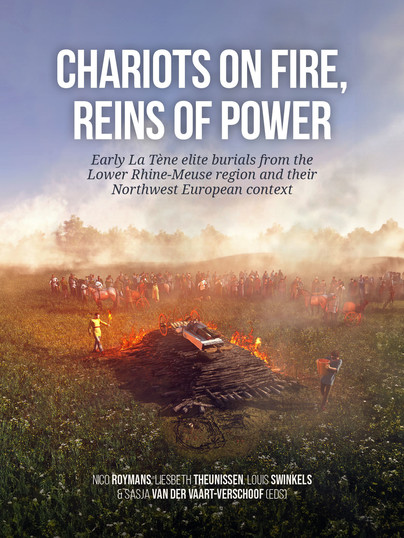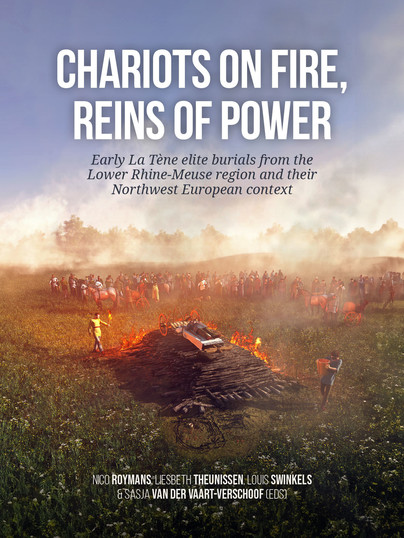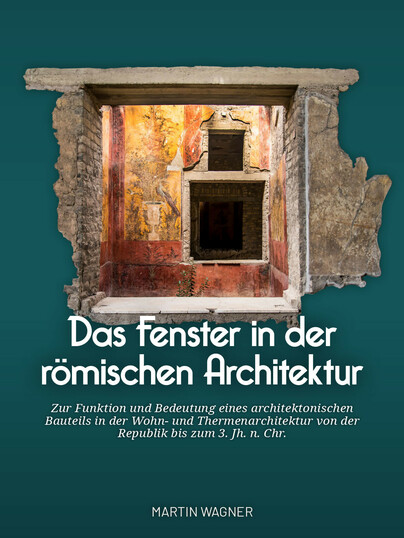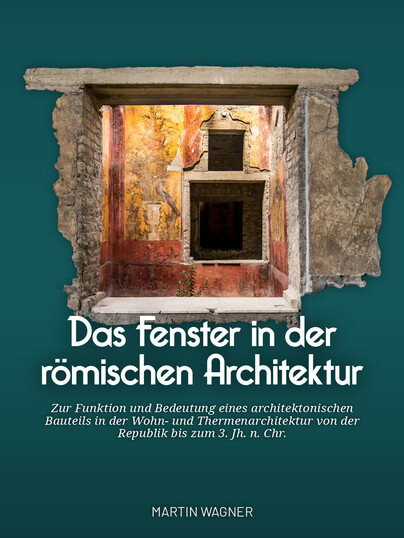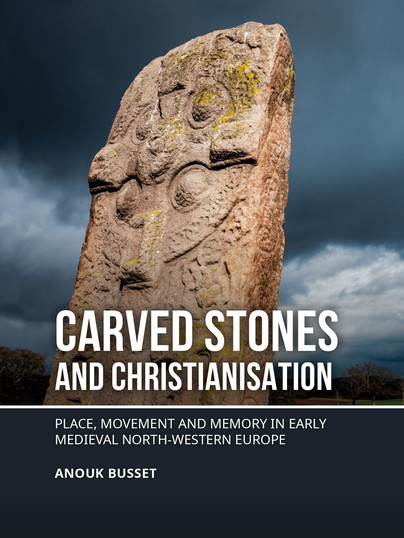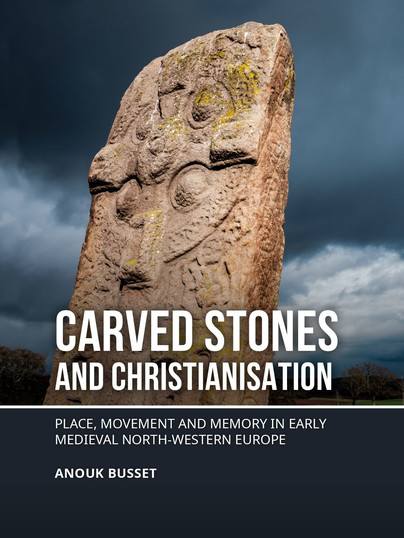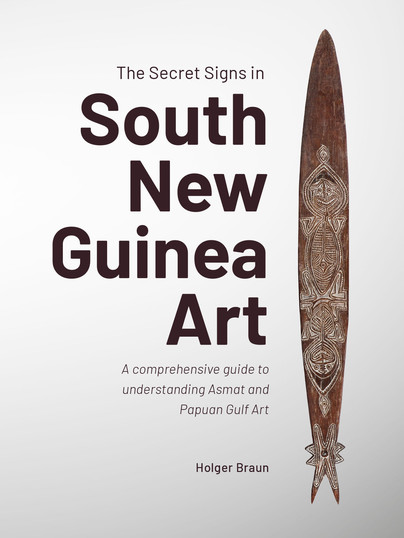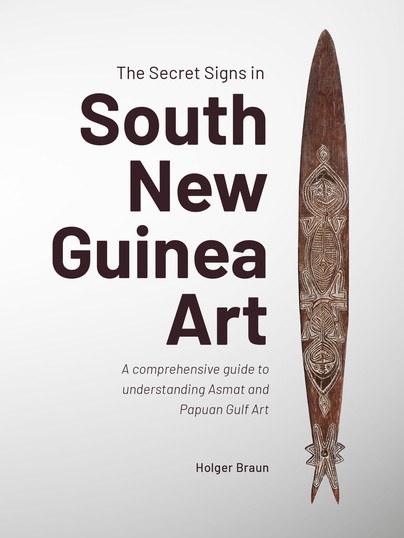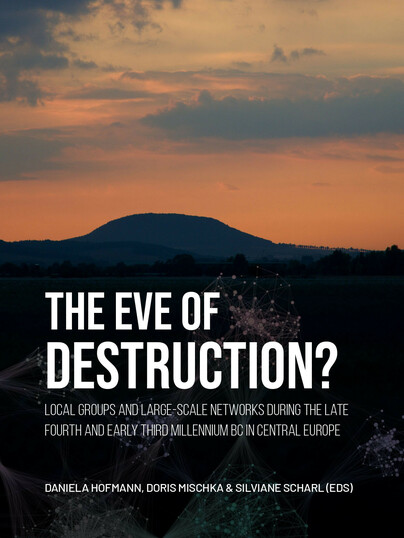
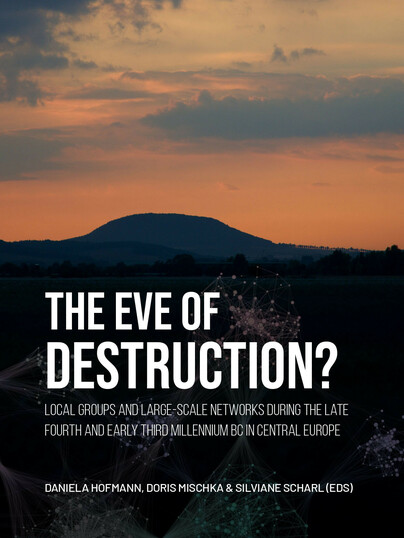

Sidestone Press is an academic publishing house founded by scholars, for scholars. As a publisher they have one clear ambition, that is to make scientific information available to all. They believe scientific information should be available at all times, at all places and to each and every one. This means that the printing and selling of books is but one part of what they believe a good publisher should do.
Apart from printed books that can be found in libraries and bookstores around the world, Sidestone books can also be freely accessed online through different channels such as Google Books, Google Scholar and through their own digital ebook library. By offering access to their books for free, more people than ever have access to our publications. First of all this is beneficial for our authors as it greatly increases the exposure of their work, and in effect, the impact of their research. Second, of course, it enables their readers – scholars and students around the world – to access their publications at any time and at any place, including those parts of the world where access to good quality academic libraries is not guaranteed.
From 2012 onwards Sidestone books have been published under one of three different imprints: Sidestone Press Academics, Sidestone Press Dissertations and Sidestone Press.


